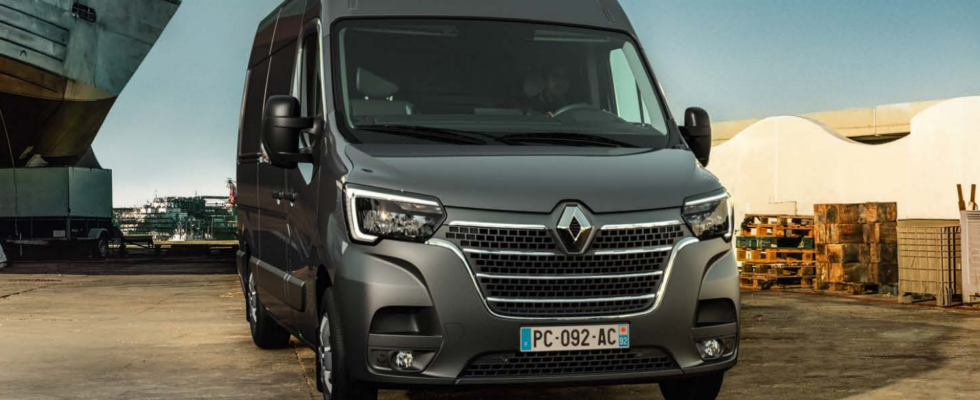The new Master E Tech Electric, the French manufacturer’s utility van, exceeds expectations in terms of autonomy. It’s big, but not that greedy compared to the competition.
Electric utility vans are logically a little more in the shadows than other EVs. This does not mean that brands are not working seriously on it. Nissan with its e-NV200, Mercedes and its e-Sprinter, or Peugeot with its e-Expert. The Master E-Tech Electric, announced last year, is the model on which Renault has worked to fill this segment. Its actual autonomy ultimately exceeds what was planned, a rare enough fact to be underlined.
A small leap in autonomy
Initially, the Master (in its version equipped with an 87 kWh battery) was given to cover 410 km according to the WLTP cycle. Well the van will do a little better, since its autonomy will reach 460 km for the most high-end model. A result which therefore places it at the top of its category with the e-Sprinter, while the other competitors generally have a range of between 200 and 350 km.
If Renault has achieved such a good result, it is because the engine on board the Master (up to 142 hp and 300 Nm of torque in its most powerful version) is rather efficient: 19 kWh/100 km. Rather low energy consumption, combined with advanced work on its aerodynamics. This design, called Aerovanhelps reduce air resistance on its bodywork.
Technologies and charging
The Master will carry a 22 kW charger on board designed for AC charging and will support fast charging up to 130 kW. The interior, more basic than non-professional electric vehicles, is not devoid of features. Its dashboard offers plenty of storage space, including a huge 10.5 liter drawer called easy life.
In terms of driving aids, it is also well equipped: rear camera, emergency braking, stabilization assistance above 70 km/h, front parking assistance, side start assistance, lane crossing, etc. Nothing is missing. Another very good point too: Renault has chosen to integrate V2L (Vehicle-to-Load) and V2G (Vehicle-to-Grid) technologies. They will allow the Master to power external devices, but above all to return energy to the network when it is charging. Too few manufacturers are interested in implementing V2G in their vehicles, so the French manufacturer scores an excellent point.
Scheduled to arrive in dealerships next spring, that’s also when pricing will be announced. With the work done on the autonomy of the Master, Renault has put all the chances on its side so that its utility vehicle meets its small success.
Sources: Clean Automotive, Renault

0